I'm going to install a heatsink on a KBU810 bridge rectifier. As the picture shows, the leads are closer the face with markings on it.
I wonder if one of the two faces is the preferred site for installing heatsink, maybe because the semiconductor inside the package is closer to it. I wasn't able to find any related information in the datasheet.
Update:
Pictures from front and rear sides:
